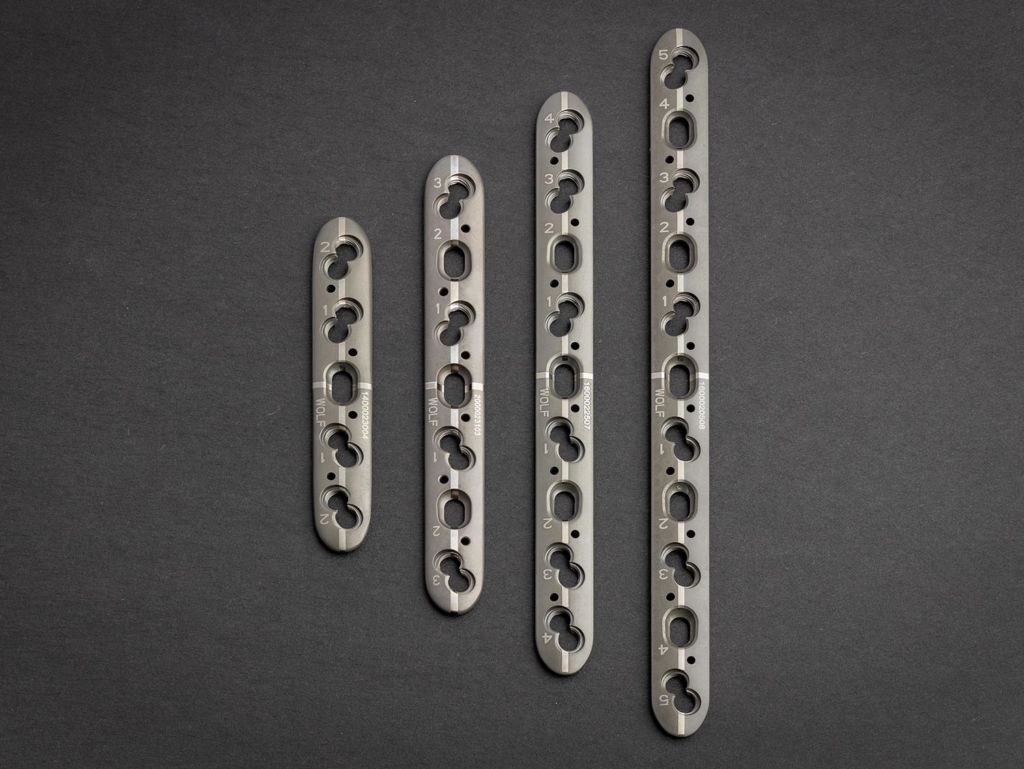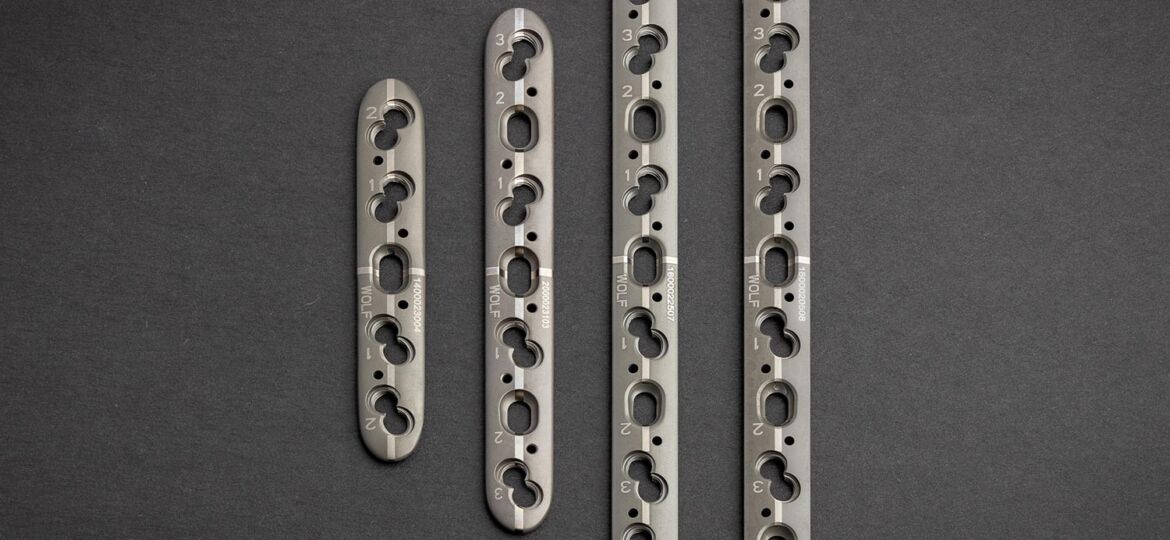What is a long bone?
The shoulder bone, or humerus, is the longest bone in the upper body. The radius and the ulna are the two long bones of the forearm. Whether you’re a keen tennis player or simply want to hide the candy on the top shelf, the shoulder plays a key role in determining mobility and quality of life.
Nerves and muscles arounds the long bones
One important structure closely associated with this long bone is the radial nerve. The nerve wraps around the bone in a spiral direction. It provides stimuli to the wrist and finger muscles making it a key nerve for a range of fine motor activities that range from opening a screw cap to playing a sonata. Injury to it leads to significant motor dysfunction. There are multiple tendon insertions and muscular attachments along the bone that make its anatomy rather complex.
Risk factors for fractures
Long bone fractures are the most common
Fractures of the long bones in the upper body (the humerus, radius and ulna) are very common. They often occur in trauma settings such as due to falls, motor vehicles accidents etc. and are common in both the young and aging populations.
Risk factors for fractures
Older people and those suffering from osteopenia, or weak bones, are more likely to experience severe fractures. Other people that might be at higher risk of fracturing their shoulder are those suffering from diabetes, kidney stones or eating disorders. Any condition that may impact bone density can make fractures more dangerous.
Limitations of traditional surgery systems
Fractures about the long portion of the humerus can be extremely difficult to address successfully. One source of concern is radial nerve damage, either at the time of presentation or in the course of treatment. To date, many surgeons shy away from treating these fractures because of the risks associated. These include radial nerve injury, fracture healing failure, and malunion or abnormal healing, among others.
Historically, fracture braces played an important role in the treatment of such shaft injuries. However, their popularity has decreased due to the unpredictable process of fracture healing in a brace.
Most surgeons today use long plates and screws to stabilize upper extremity long bone fracture fragments. Some surgeons prefer a minimally invasive approach and use intramedullary nails or rods that fit into the hollow inside of the bone. Though a minimally invasive process, intramedullary nailing can sometimes lead to more damage, both to the muscles around the shoulder during the nail insertion and to the radial nerve.

Toby Wolf® for long bone fracture repair
The Toby WOLF® system differs from other long plates on the market today, which tend to be thick and rigid when compared with the dimensions of the bones. Furthermore, where other long locking plates can only place screws one way (perpendicular to the plate which, frequently, may not be the desired direction for the screw placement), WOLF® allows the surgeon to pick the optimum placement. The design gives surgeons the option of using pegs, rather than screws, which remove less of the bone. The A-frame design provides unparalleled strength of fixation.
How to aid recovery
This injury normally takes 6-8 weeks to heal and your caregiver will provide you with a detailed rehabilitation program post-surgery that must be followed rigorously.
Typically, you will be given exercises to carry out on a daily basis to strengthen muscles. The objective is to keep the upper body moving to prevent stiffness but not to aggravate the injury.
You may find it useful to apply cold ice packs to sore areas and note that quitting smoking is recommended, as it has been shown to prolong healing processes.
* TOBY is an implant manufacturer and does not practice medicine. Only a healthcare professional can properly advise regarding anatomy, treatment options, and a patient’s specific injury and needs. TOBY makes no representations or warranties regarding the information contained on this website.


